Williams boss James Vowles believes that next year’s new Formula 1 regulations will not see large performance gaps between teams, as seen in 2014.
2026 will welcome the introduction of a brand new set of regulations in what will be the biggest shake-up of rules since the beginning of the V6 hybrid era 11 years ago.
An increased reliance on electric power, the removal of DRS and the reduction of ground effect are just some of the changes that will feature on the new cars.
Such was the magnitude of the new regulations in 2014, that huge differences between the successful and failed interpretations of them were on display.
Vowles, who was a key proponent of Mercedes’ success in that particular period, has said that dominance similar to what the German marque enjoyed is unlikely to be repeated.
“I don’t think we’re going to have the gaps we had in 2014 on power units to be completely clear,” he told media including Motorsport Week. “I don’t think it’s going to be anywhere near that amount.
“I think power units, up until probably the last three years, have probably dominated most championships would be a second argument I bring to your attention.
“But in answering it, what you’re saying is could the chassis be up to half a second difference? Yes, is the answer. That’s what we’re seeing at the moment.
“There’s still lots of goodness that you can consume in that area. Where it falls out, I don’t know yet. We’re just trying to do our best to get up there.”
The FIA’s single-seater director Nikolas Tombazis corroborated Vowles’ take, adding that he is somewhat unhappy with the lack of simplicity in the final regulations.
“I don’t think that we are going to have a situation where a single manufacturer has such a huge advantage as was the case in 2014,” he told Autosport.
“The engines are still not as simple as we would have liked. We would have liked to go further, but we had a lot of resistance against simplifying the regulations more.
“So there are things that we would have liked to be even simpler, but they are still simpler than the current generation of engines.
“They don’t have the MGU-H [heat energy recovery system], and there are a few things that have tighter limits, so we don’t think the gaps will be as big as in 2014.”
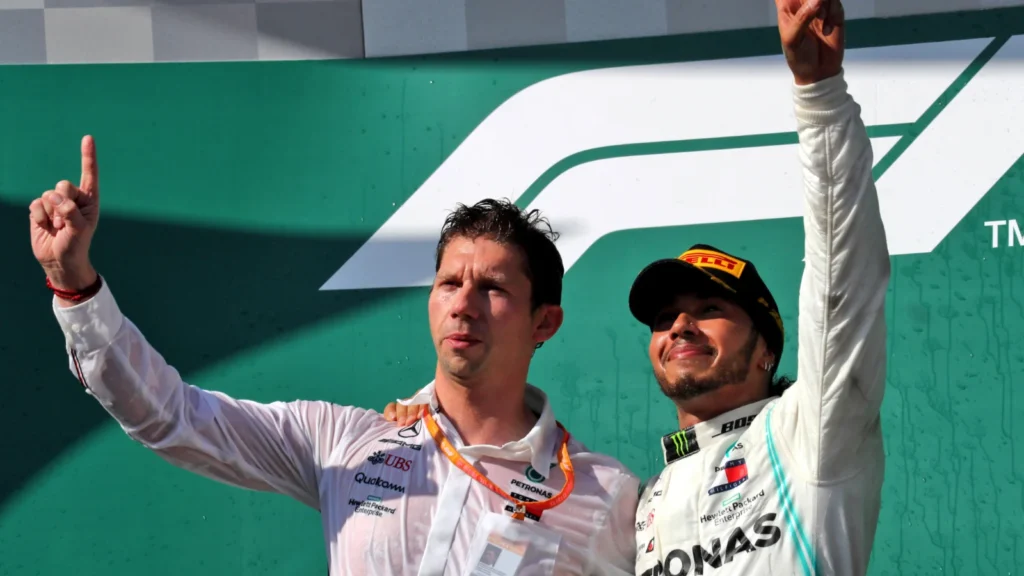
The solution to eradicate performance gaps in F1 2026
Tombazis explained that the FIA is introducing a concept known as Additional Development and Upgrade Opportunities [ADUO].
This will help the newer manufacturers from falling behind the more established from gaining any significant advantage.
“We do have newcomers, and it is always a risk at the start of a new cycle that there is some divergence initially,” Tombazis said.
“Additionally, we have a cost gap for the PU manufacturers now.”
Tombazis explained that ADUO “has been the product of a lot of work,” adding: “It was already there from day one of the regulations, but in the last few months more detail has been put into it to define exactly how that is going to operate.”
“Essentially every five, six races there will be an average performance measured for each PU manufacturer,” Tombazis continued. “Those who are below a certain level, and depending on how much below they are, will get that benefit accumulating over the year.
“That benefit would translate into three things: one is additional development money, some more dyno hours and the possibility to make a new homologation of the engine.
“So people who are behind will have the opportunity to speed up and catch up.”
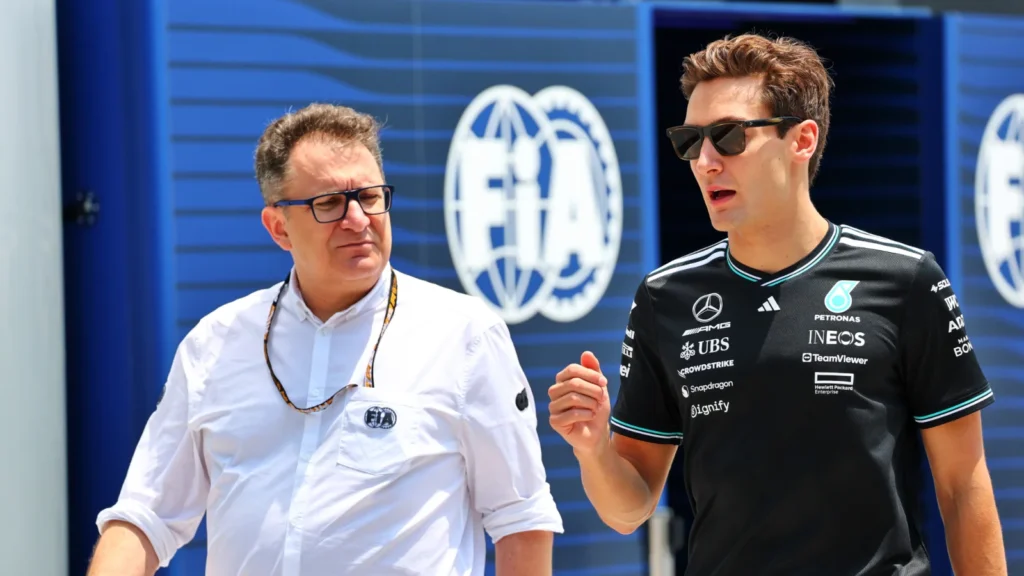
PU manufacturers ‘extremely collaborative’ on ADUO
Tombazis explained that ADUO will have little similarity to the Balance of Performance regulations, as seen in the World Endurance Championship.
“I want to stress that I completely refute any comment about that being a Balance of Performance or anything like that, because first of all, the regulations are exactly the same for everyone,” he said.
“It’s not like we are giving them more cubic capacity, more fuel or whatever.
“Secondly, if there was no cost cap, they would throw a lot of money at it.
“When Honda were behind in 2016, 2017, for a certain period they had to spend a lot more money to catch up.
“With a cost cap the risk is that you would never be able to do that, and that you would be behind eternally.
“You would just be humiliated for a whole regulation cycle, and clearly we don’t want that.
“We don’t think that would be fair, and I have to say that PU manufacturers have been extremely collaborative on this topic.”
Tombazis also revealed there will be an additional initiative in place to ensure teams that might suffer reliability issues will also be afforded leeway.
“There is an additional initiative which addresses the situation where a PU manufacturer has huge reliability issues to start with,” he highlighted.
“Imagine somebody who blows up an engine each race weekend and each engine costs a lot of money.
“They suddenly find that they are eating their cost cap with blown engines. They have to reduce the development to stay below the cost cap, and you can imagine that would be an awful situation.
“So we’ve got some initiatives, which are going through the same phase of discussion now, and will hopefully be approved quite soon, whereby once you use more than a certain number of engines, you start having a certain cost cap relief.
“Your engines, once you exceed that number, cost very little from a cost cap point of view.
“Not in terms of real money, of course, they still cost the same unfortunately, but it means that we protect them from a situation where somebody is in an awful position and has no way to react under the cost cap. That would be really unfortunate.”
READ MORE – Williams boss predicts ‘big driver market move’ for 2027 F1 season

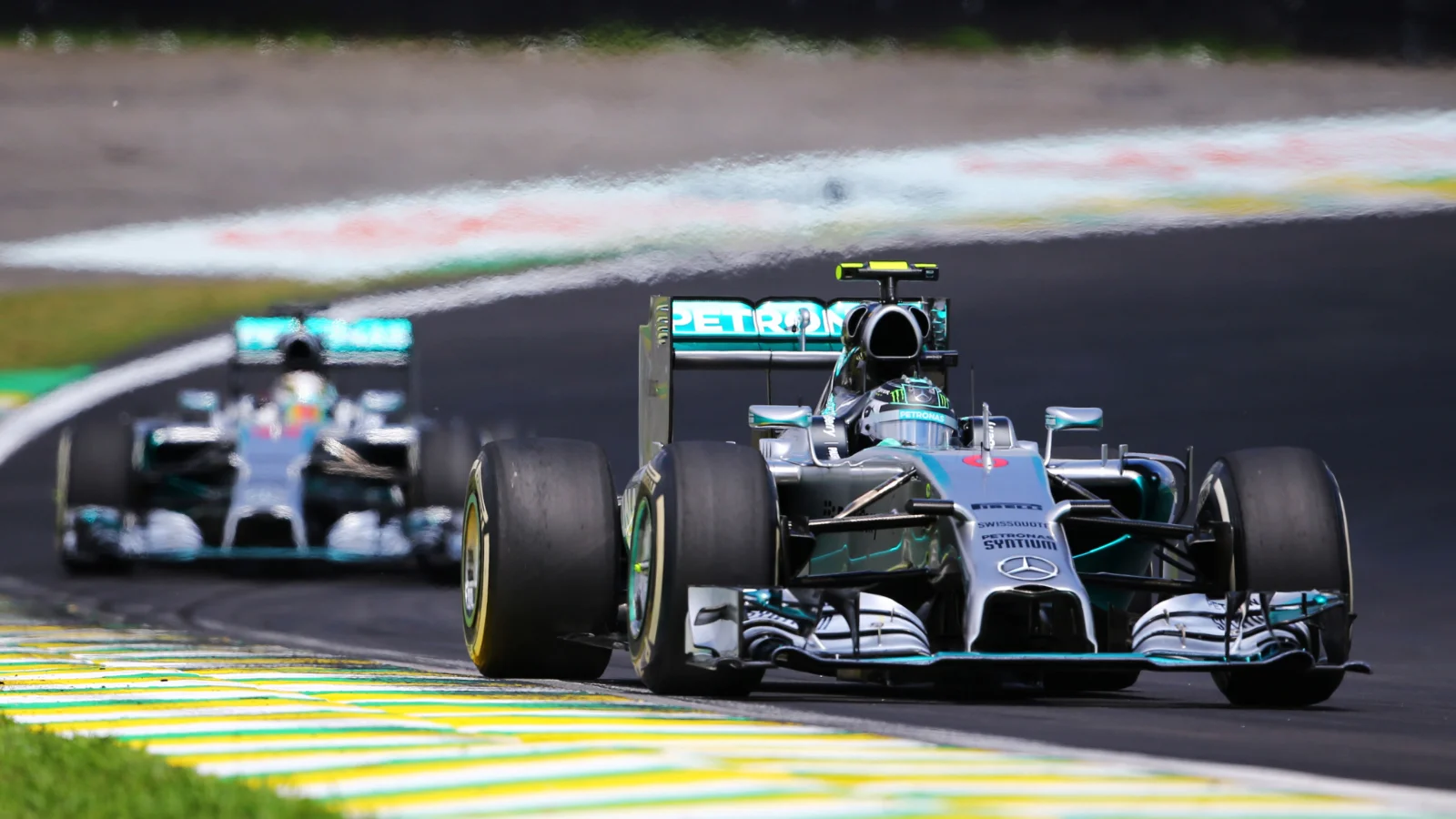


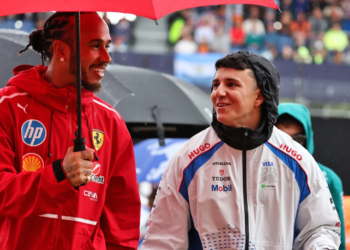

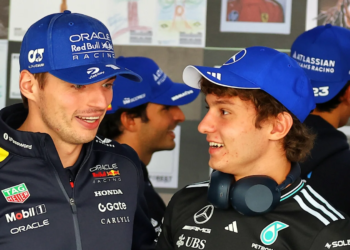



Discussion about this post